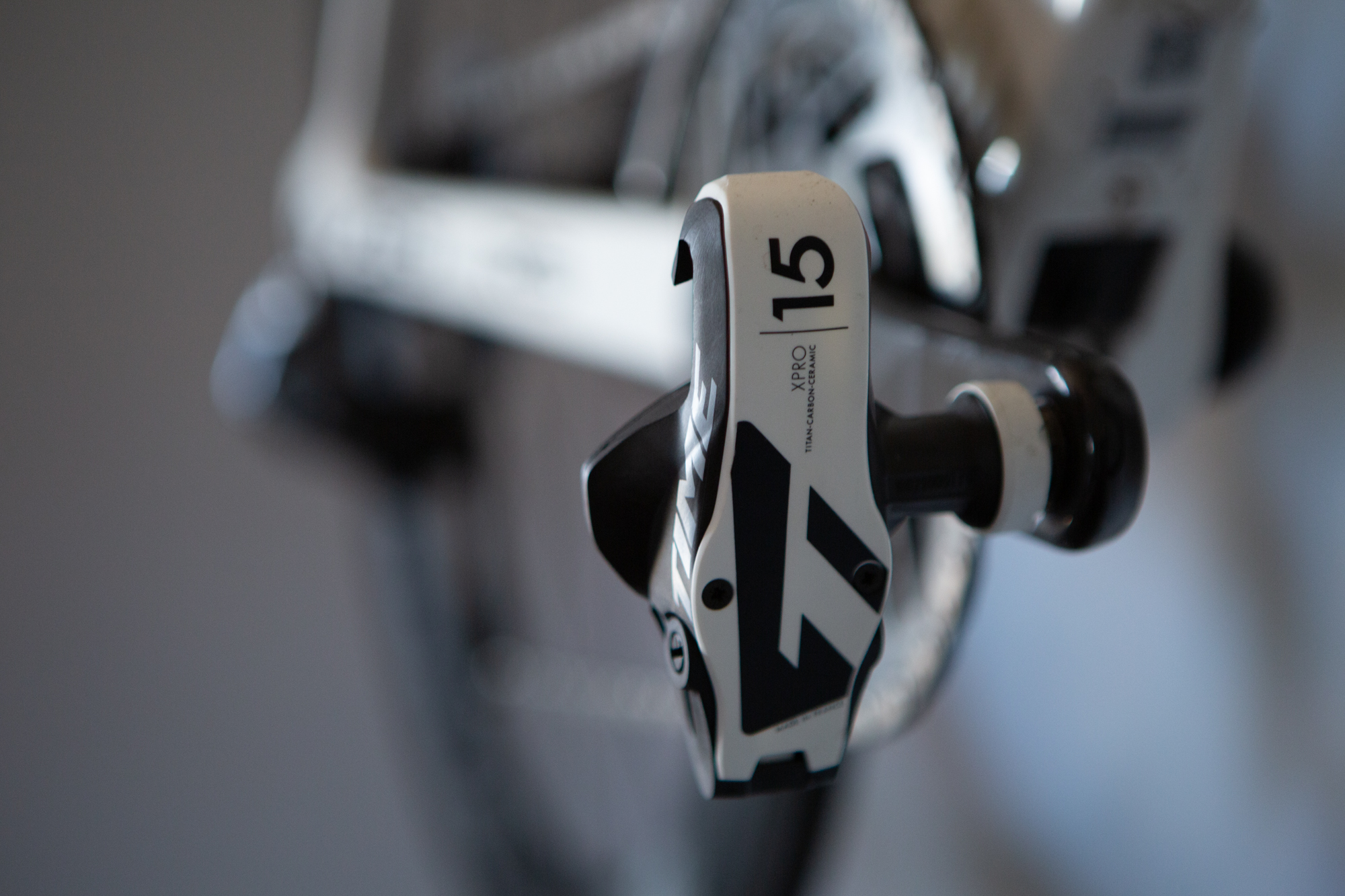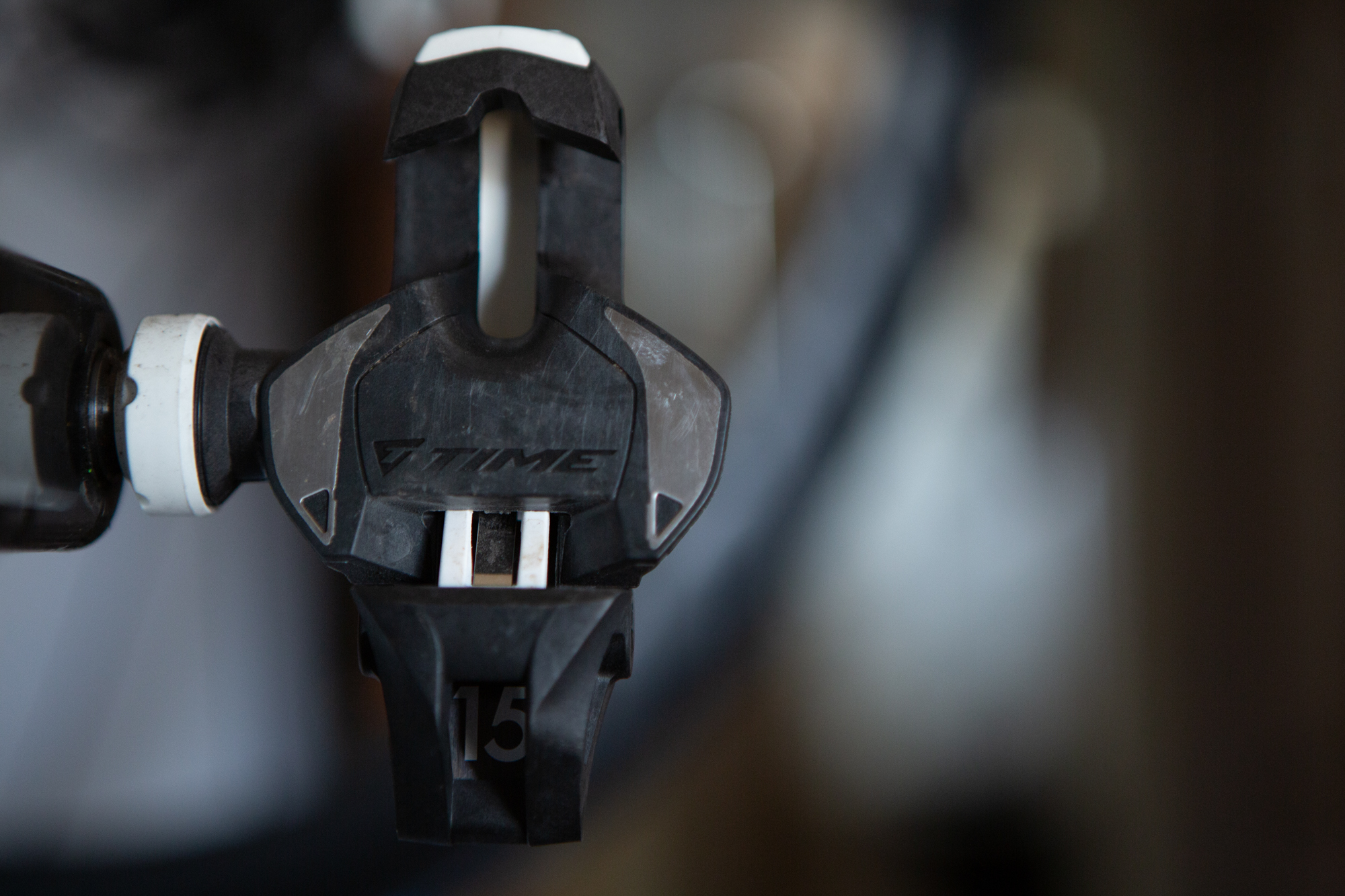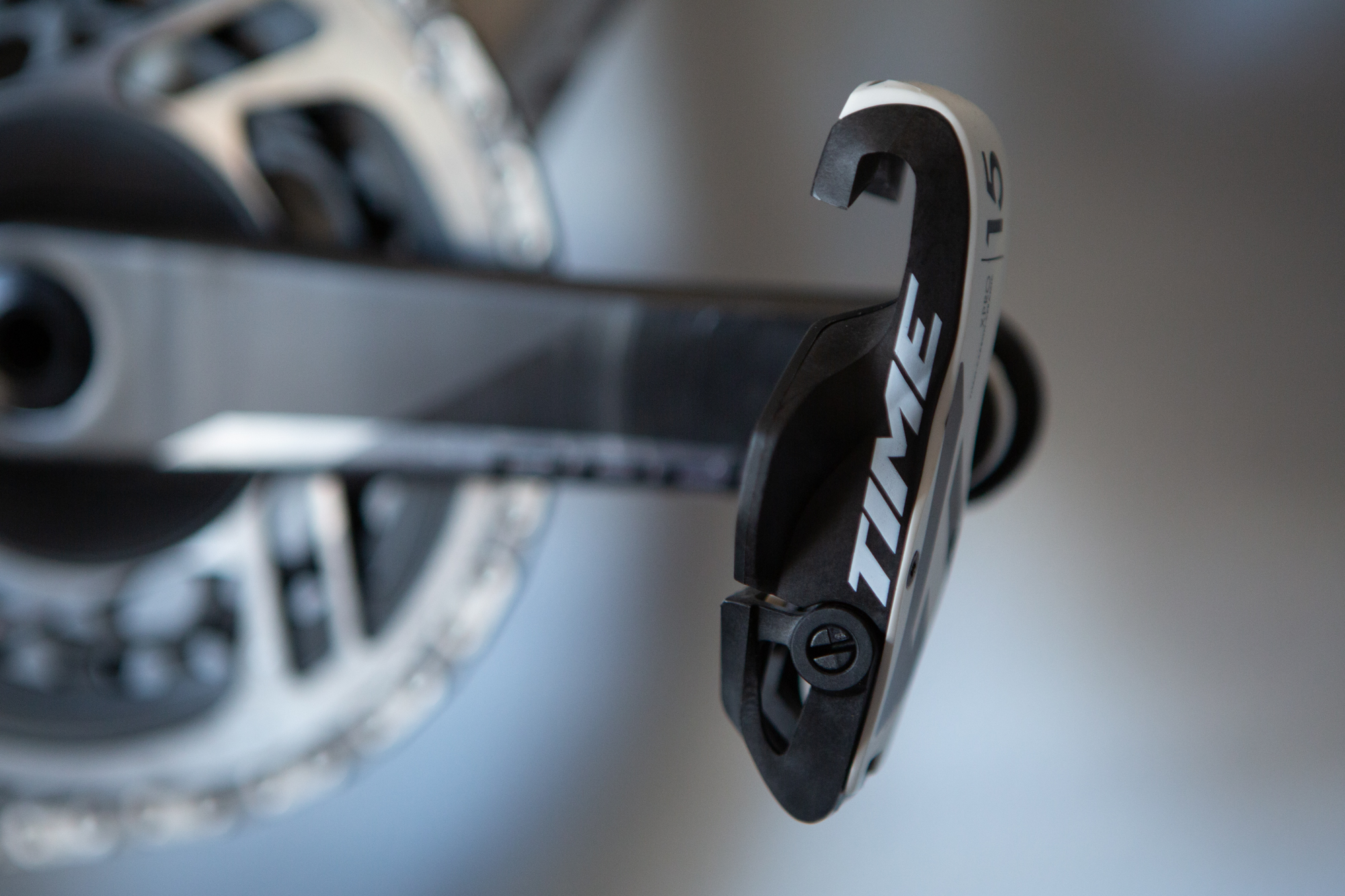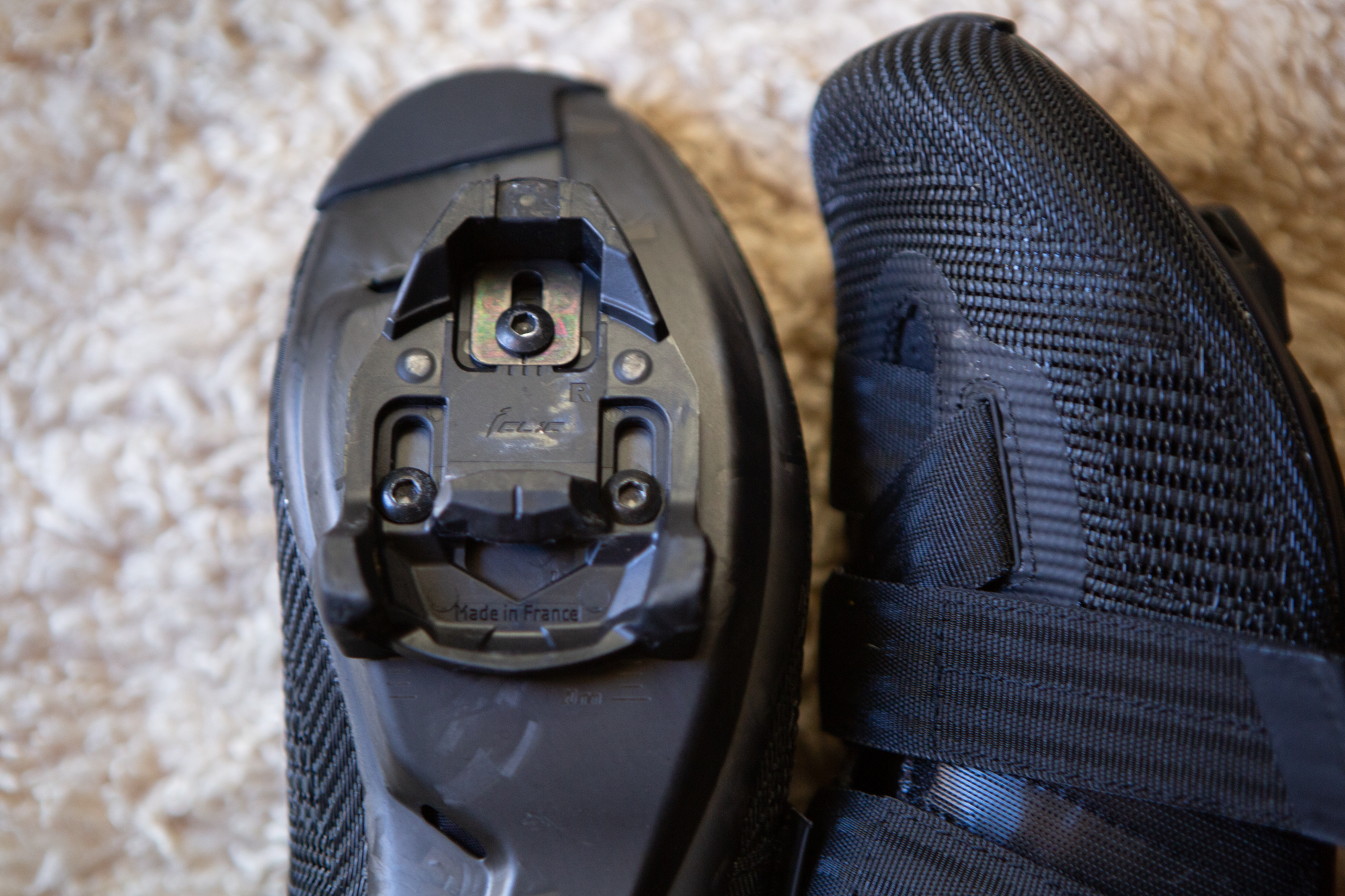Time Xpro 15 pedals review
The ultimate expression of pedal technology has a cost, is it worth it?

Whilst they may be light, aero and offer an exceptional clipping in feel, it's hard to ignore the fact that the Time Xpro 15 pedals are extremely expensive. It really isn't necessary to spend this much. However, riders who want 'the best' in everything will absolutely enjoy these. For everyone else, who might like the idea of what Time is offering but want a lower price point, check out the Time Xpro 10 and I don't think you'll be disappointed.
-
+
Lightweight
-
+
Positive Clip In
-
+
Large Platform
-
-
Price
You can trust Cycling Weekly.
If at any point while on a bike a rider is focusing on the pedals there's a problem. But what if, like the Time Xpro 15, they are one of the lightest, most expensive, sets of pedals on the market? Is the effect noticeable enough to justify the cost?
We can't tell you that a nearly $600/£500 pedal is "worth it" in terms of cost vs reward, but only "the best" will do for some riders - and in that case these pedals might just be for them.
Construction
In the Xpro lineup there is the aero model, compared to the Xpresso for climbers. Both models, however, share similar construction but the Xpresso is a smaller pedal platform and lacks the fairing found on the Xpro.

It's unlikely you will notice a difference in the ride quality with an extra 25mm of pedal platform. It's also unlikely that you'll notice a difference from the added aero optimisation the fairing provides. What you will notice is a longer life because of the fairing.
We've ridden Xpresso pedals for years and the most delicate part of the package is the carbon leaf spring that makes it all work, while in the Xpro design it's protected.
There are three levels of Xpro pedals and depending on your choice the difference is the weight. In the top of the line Xpro 15, Time uses Ceramic Speed bearings and a hollow Ti axle plus a lighter weight body. All the marginal gains get the weight down to 174 grams for the pair of pedals, thought that's not enough to make it the lightest pedal out there.

The Ride
Once installation is complete - and you will need a torque wrench to fit the cleats - the experience of riding the Time Xpro 15 pedals is not much different than other clipless pedals. Time claims a low stack height but it's very close to the competition. Time also claims high float but similar float is available with the right cleats using other systems.
The latest race content, interviews, features, reviews and expert buying guides, direct to your inbox!
The biggest difference when it comes to Time pedals, both the Xpro and Xpresso, is the ICLIC system. Think of it like a mouse trap: when disengaged from the cleat the pedal is in a ready position, and when stepping into the system it snaps shut - a process that differs from other pedals.
Typically stepping into the Time pedal requires enough pressure to overcome the spring and open the pedal. What it means is that every time you step into the pedal there is a loud, very positive, engagement. You'll never wonder about the status of the system and it's a pleasure to use.
It's also worth mentioning that the cleats are not slick against hard floors and are easy to walk in.

Value
Normally we'd talk about what you get vs what you pay in this section. The argument for paying more is often longevity, and we can account for that here: after more than 5 years and over 20,000 miles, the Time pedals that this writer has been using are still as strong as ever.
Though that still doesn't necessarily justify the $600/£500 price tag, they do have advantages over the competition: they are lighter and more aero, they have lots of natural feeling float, and clipping in is a joy. Does that all add up to the price asked? Hard to say, but there is also a certain emotional component that's hard to price: the very best from a small French brand like Time carries a certain cache that might be worth it.
If that all rings hollow check out the Time Xpro 10. With a weight penalty of only 25 grams per pedal the Time Xpro 10 pedals are going to be almost the same experience. Steel instead of ceramic bearings and a steel instead of titanium axle brings cost down but keeps the riding experience. It also drops the price from the $600/£500 range down to a much more palatable $134.34/£103.
How do we score products? Check out the scale here.
Josh hails from the Pacific Northwest of the United States but would prefer riding through the desert than the rain. He will happily talk for hours about the minutia of cycling tech but also has an understanding that most people just want things to work. He is a road cyclist at heart and doesn't care much if those roads are paved, dirt, or digital. Although he rarely races, if you ask him to ride from sunrise to sunset the answer will be yes.
Height: 5'9" Weight: 137 lb.
Rides: Orbea Orca Aero, Cannondale Topstone Lefty, Cannondale CAAD9, Trek Checkpoint, Priority Continuum Onyx